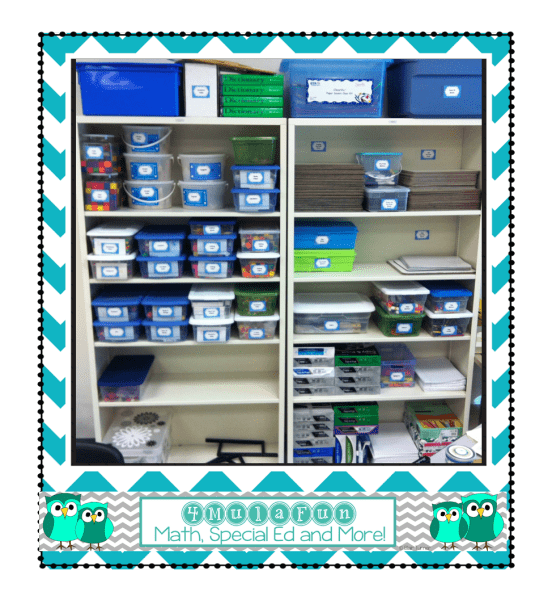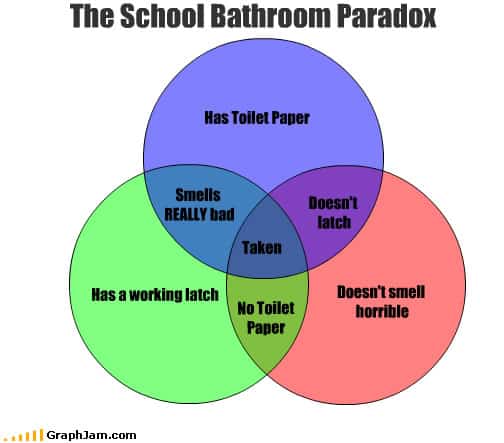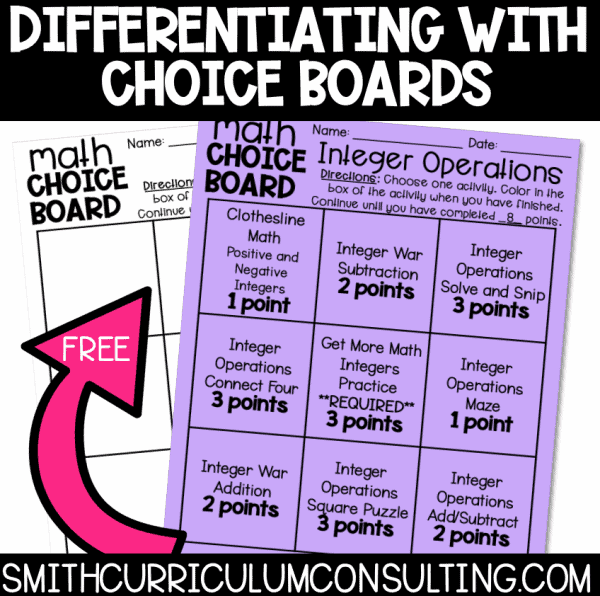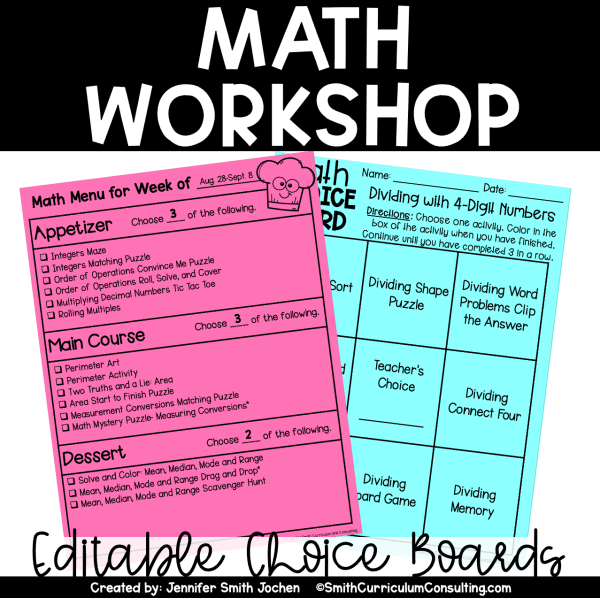 As we get into Chapter 5- Visualizing Strategies, I started to think of all the many different ways that we visualize things in our lives. We depend on the use of sight for so much that many times we take it for granted but for many people when we add that visualization with the use of movement, manipulating, or drawing it makes it stick with us so much more. We all know about our kinesthetic learners in our classroom. Yep, I’m one of those.
As we get into Chapter 5- Visualizing Strategies, I started to think of all the many different ways that we visualize things in our lives. We depend on the use of sight for so much that many times we take it for granted but for many people when we add that visualization with the use of movement, manipulating, or drawing it makes it stick with us so much more. We all know about our kinesthetic learners in our classroom. Yep, I’m one of those.
Gojak breaks down the four Visualizing Strategies as:
-Make a Model
-Draw a Picture/Diagram
-Act it Out
-Make or Use a Graph
Make A Model: This strategy is honestly one of my favorite for my more concrete learning objectives. This is when you are able to incorporate manipulatives of all types in your class to help focus on the building of a solid foundation.
I think that it is important for us as teachers to show our students how to use different manipulatives to support various forms of problem solving. Not only do we need to teach them, we need to let them use them. This was a hard one for me because I wanted to know where things were at all times but I had to let go of the control and let them be used instead of just a pretty box on the shelf.

Tip: Take time to sort and label your manipulatives clearly in your classroom. This will not only save you time but also your students will know where they belong.
Draw a Picture/Diagram: Taking time to think things out in pictures is great for students who are able to visualize what they know. When a student “sees” what is happening they can then relate that to something from their own lives and therefore that abstract picture gains purpose to help them reach their solution.
When teaching students to Draw a Picture/Diagram, it is important to teach them to Get Rid of the Trash. Yep, all the fluff that is there to embellish the problem needs to go so it doesn’t distract us! When I am teaching Technical Reading Strategies for Problem Solving to my students, I try to get them to limit their info to 5-7 important words.
Act It Out: I will admit that “Acting Out” problems is something that doesn’t just come naturally to me. Well, it didn’t before I started creating most of the problems I use in my classroom. By doing this I am able to prepare ahead of time (back to Planning Problem Solving from Chapter 2).
I have however used the form of videos and songs to help my students act out and remember various concepts. Check out one of my favorite on Exponents.
Make/Use a Graph: Organizing data in the form of a graph is one strategy that is often overlooked, from what I have experienced, because it takes TIME! Yes, we know our students get to the point that they just want to get things done so taking time to work through, what I think is one of the most efficient strategy, is just not their idea of fun.

Over the past few years of teaching Middle School students, I learned that taking time to show various graph styles in class (mostly humorous) really started to get my students under the realization that they were beneficial and easy to read. The best part is when they start using them for an open-ended response and you weren’t expecting it. Those are some proud teacher moments!
So after reading about Visualizing Strategies, Gojak asks questions for us to reflect upon. Feel free to answer in the comments in and come back to continue on with the discussion with others.
1. Which strategy was most difficult for you? Why? How can you become more comfortable using this strategy
2. Were any of these strategies new to you? If so, how did hey help you think about solving problems in a different way?
3. Which strategy do you think you will use with your students first? Why?




